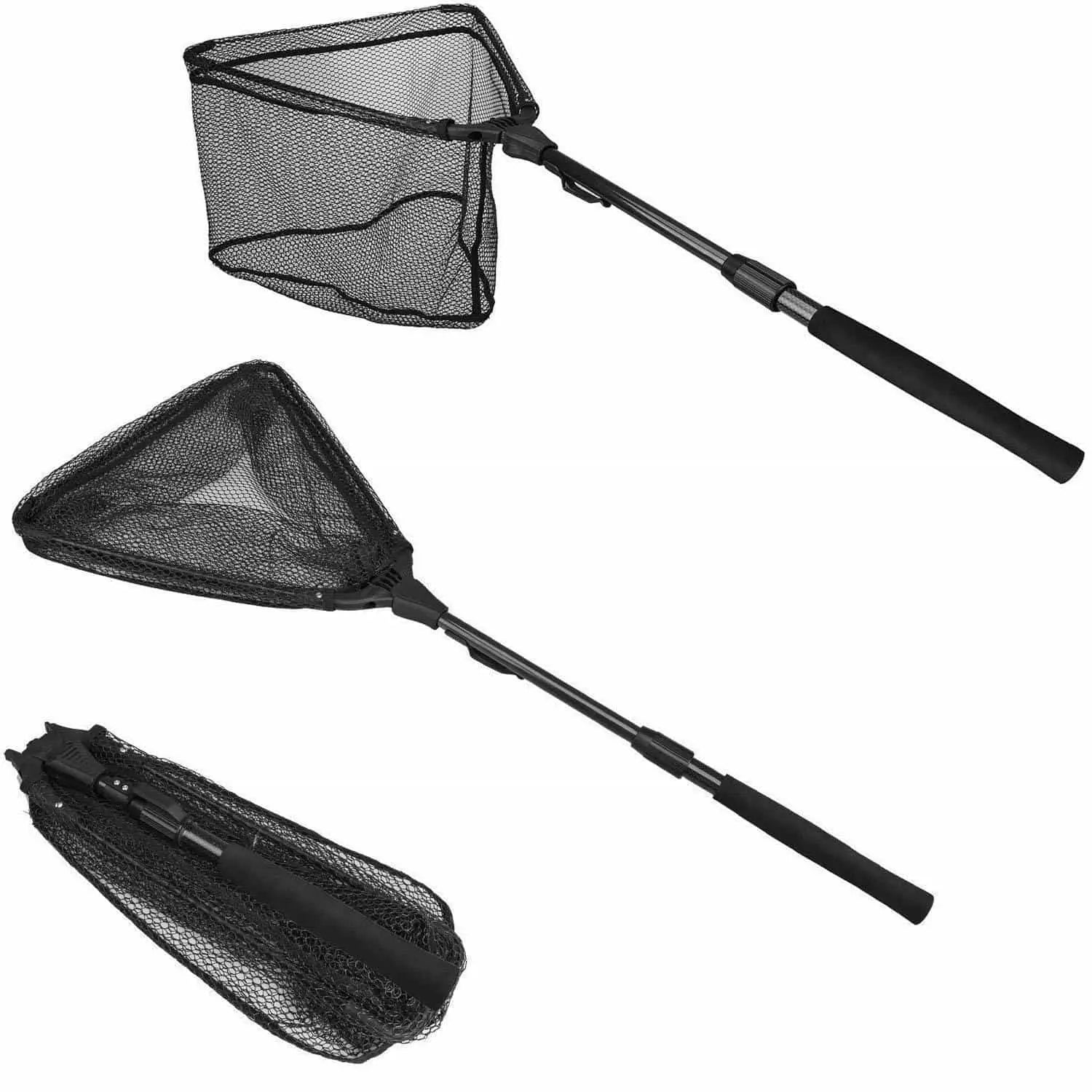Blog Information
- Posted By : Arnold Duboise
- Posted On : Nov 12, 2023
- Views : 59
- Category : Education
- Description : Tackling Ghost Gear: Combatting Abandoned or Lost Fishing Nets at Sea
Overview
- fishing netThis blog contains the following keywords fishing net.
When it comes to the issue of abandoned or lost fishing nets at sea, also known as ghost gear, the environmental impact cannot be overstated. These discarded nets continue to trap and kill marine life, contributing to the depletion of fish stocks and the degradation of marine ecosystems. Tackling ghost gear is a global challenge that requires innovative solutions and collaborative efforts from all stakeholders.

The Scope of the Problem
Tackling ghost gear is crucial because of its widespread presence in our oceans. Abandoned or lost fishing nets make up a significant portion of marine debris, with estimates suggesting that they account for nearly 10% of all plastic waste in the ocean. These nets can remain in the water for years, continuing to entangle and harm marine life. The scale of the problem is immense, and urgent action is needed to address it.
One innovative approach to combatting ghost gear is the use of advanced technologies. For example, drones equipped with thermal imaging cameras can help identify and locate abandoned nets in remote areas of the ocean. This technology allows for targeted removal efforts, minimizing the impact on marine ecosystems while effectively addressing the problem.
The Role of International Cooperation
Tackling ghost gear requires international cooperation and coordination among countries, fishing industries, and conservation organizations. The Global Ghost Gear Initiative (GGGI) is a prime example of such collaboration. This international alliance brings together stakeholders from various sectors to develop and implement solutions to reduce ghost gear.
One successful initiative led by the GGGI is the establishment of recycling programs for discarded fishing nets. These programs collect and process abandoned nets, transforming them into new products such as plastic pellets or nylon yarn. By giving these nets a second life, the recycling programs not only reduce the amount of ghost gear in the ocean but also contribute to a circular economy.
Innovative Solutions
Tackling ghost gear requires a multi-faceted approach that goes beyond simply removing nets from the ocean. One innovative solution is the development of biodegradable fishing nets. These nets are designed to break down over time, reducing the long-term impact on marine ecosystems. Additionally, the use of alternative fishing gear, such as traps or hooks, can minimize the risk of entanglement and make it easier to retrieve lost gear.
Another promising innovation is the use of satellite technology to track fishing vessels and monitor their activities. By monitoring fishing practices in real-time, authorities can identify and address potential sources of ghost gear more effectively. This technology also enables the enforcement of regulations and the identification of illegal fishing activities, further contributing to the reduction of ghost gear.
Conclusion
Tackling ghost gear is a complex and urgent task that requires a combination of technological advancements, international cooperation, and innovative solutions. By addressing the issue of abandoned or lost fishing nets at sea, we can protect marine life, preserve fish stocks, and safeguard the health of our oceans. Together, we can combat ghost gear and create a more sustainable future for our planet.
References
References:
